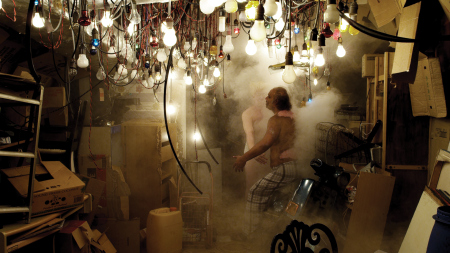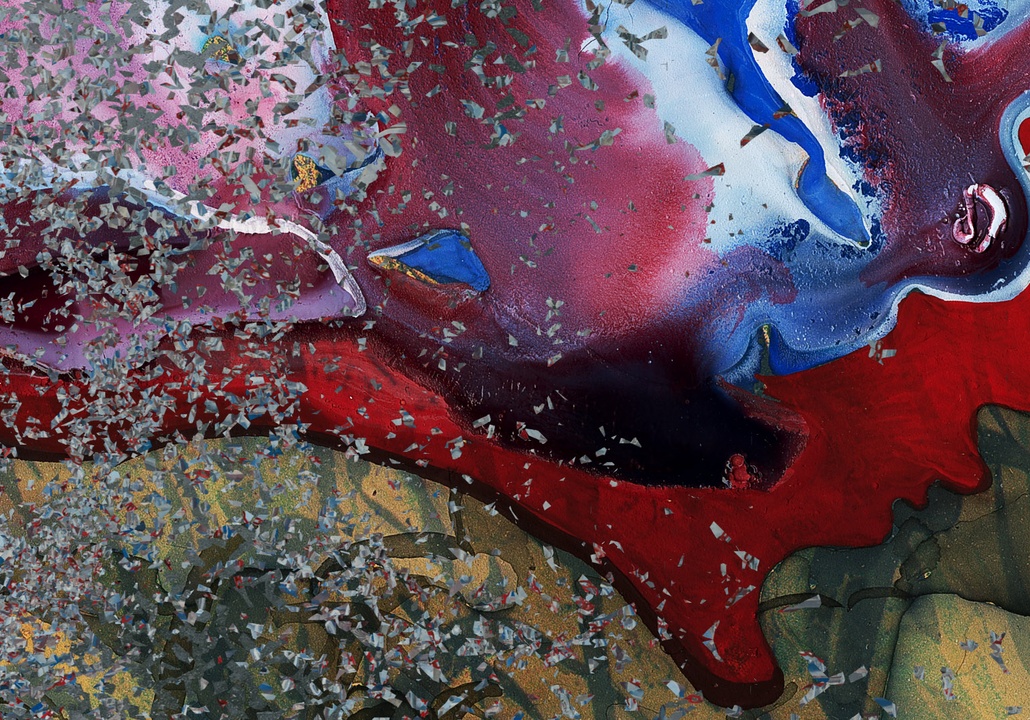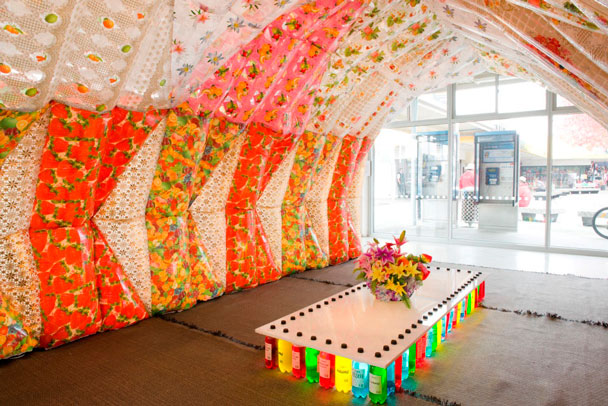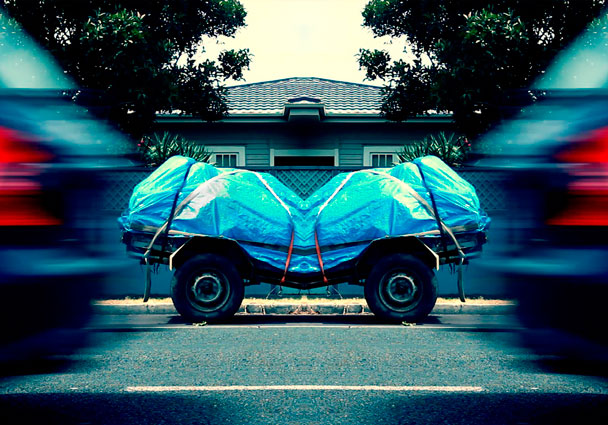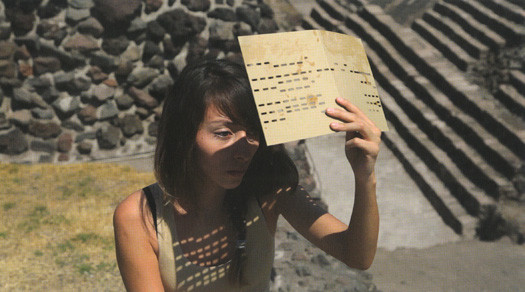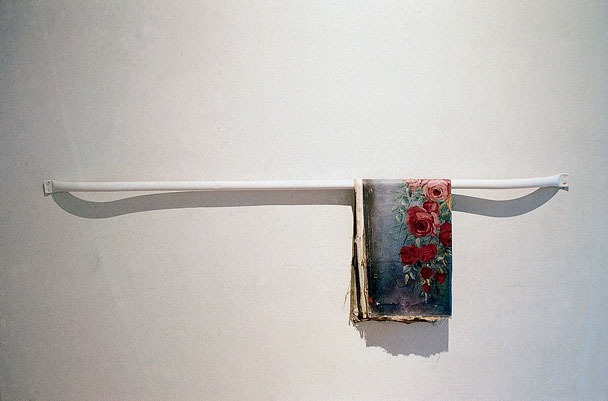Concrete Playground’s Guide to The 5th Auckland Triennial
The time to get out and experience The 5th Auckland Triennial for yourself is now, and here is a helpful guide to get you started.
Curator Hou Hanru’s theme If You Were to Live Here… challenges the question of locale. Leading contemporary artist and architects explore ideas of culture, identity, private and public space, with a focus on architecture and social change. It is a unique opportunity to experience a collection of visual musings, and to take a moment to reflect, on what it means to be in the here and now.
And as we head into the second month of the spectacle that is The 5th Auckland Triennial, the time for you to get out and see it for yourself is now. To help, we’ve put together a guide to point you in the direction of ten of the most popular exhibits and works with wide-ranging appeal. And if you’re keen to wade in a litter deeper, there are plenty of artist talks promoting understanding and critical engagement, and the Auckland Art Gallery are also offering guided tours which give a good overview of the works on display.

1. Ho Tzu Nyen
The Cloud of Unknowing, 2013. Where: St Paul St Gallery
The Cloud of Unknowing is a sort of surreal drama in which eight characters are enveloped by a mysterious cloud. It’s moody, atmospheric and engrossing. The video screens on the hour and half hour, and the enormous beanbags are worth the trip alone.
Ho Tzu Nyen is a multidisciplinary artist interested in combining elements of Eastern and Western culture. He says, ‘I wanted to make a film that’s packed dense with so many references that everyone can draw their own visions and hallucinations out of the same source.’

2. Angelica Mesiti
Citizens Band, 2012. Where: Artspace
Angelica Mesiti creates performance-based videos driven by her interest in performed cultural practices as expressions a given place and community. In Citizens Band, Mesiti presents us with four characters who play the traditional instruments and rhythms of their homelands against a backdrop of their adopted Western homes. The videos are riveting and the music haunting, like cries for lost identity in the din of a globalised world.

3. Atelier Bow Wow / Michael Lin / Andrew Barrie
Model Home, 2012. Where: Auckland Art Gallery
For the 5th Auckland Triennial, Atelier Bow Wow collaborated with Michael Lin and Professor Andrew Barrie from the University of Auckland to create a full scale model of one of their designs. A plan for worker housing has been transformed using the Japanese technique of paper model building known as okoshi-ezu (folding drawing).
A life-sized paper house isn’t something you come across every day, but Atelier Bow Wow are famed for their unusual homes and their practice of squeezing small-scale idiosyncratic buildings into tiny sites around Tokyo. Dubbed ‘pet architecture’, these charming yet functional and considered residences are a result of careful analysis of local needs and cultural practices.

4. Shahzia Sikander
Parallax, 2013. Where: St Paul St Gallery
If you’re in the mood for something beautiful and relaxing then this is it. Luscious colour and delicate patterns flow across the screen as Sikander’s painting literally comes to life before your eyes. Parallax is a like a visual meditation, so allow time to sit and enjoy it.
Pakistani-born American artist, Shahzia Sikander is best known for her experimentation in Persian miniature painting and in Parallax she plays with combination of still images and animation. Sikander’s conceptual interests lie in paradox, societies in flux, and formal and visual disruption as a means to generate new associations.

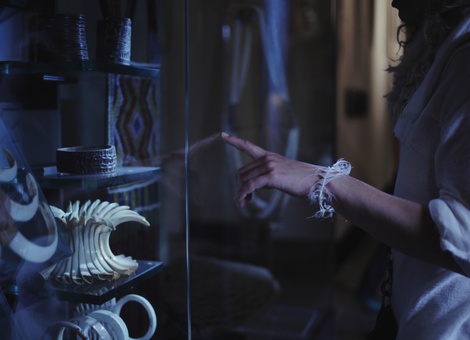
5. Amie Siegel
Black Moon, 2010. Where: Auckland Art Gallery
Siegel uses film to investigate social issues, while also critiquing existing films. Black Moon is a reworked version of a film of the same name by French director Louis Malle. Siegel updates the film, setting the dream-like sequence amidst vacant monuments to the credit crisis; the abandoned subdivisions of the USA.
The work of Amie Siegel is an exploration into human survival in a post-apocalyptic world. In both her works, Black Moon and Winter, Siegel presents us with a kind of dystopia in which the silence is almost deafening. Characters roam empty landscapes, playing out possibilities of existence in open-ended narratives.

6. Keg de Souza
Tropical Thunder, 2013. Where: Fresh Gallery Otara
A reflection of its local community, the installation at Fresh Gallery is loud and colourful. Using locally sourced materials, de Souza’s inflatable tent and soft drink “coffee table” is a response to her interactions with the people and town centre of Otara.
A fusion of the Pacific and Pop Art, Tropical Thunder raises questions about the commercialisation of traditional practices. In particular, the work looks at the significance of buying, cooking and sharing food in people’s everyday lives. De souza works in a variety of mediums, including inflatable architecture, to investigate spatial politics and social space.

7. Janet Lilo
Right of Way, 2013. Where: Artspace
Local artist Janet Lilo has responded literally to Hou Hanru’s theme and has recreated her neighbourhood at Artspace. You can experience life in her corner of the world through an installation of sounds recordings, photographs and manipulated images.
Lilo’s interested in documenting people’s behaviours and interactions. She often takes her camera to the streets, capturing the local community and environment. Recent works have explored connections to the global community through internet art projects.

8. Anri Sala
Tlatelolco Clash, 2011. Where: Gus Fisher Gallery
Tlatelolco Clash follows a simple yet enchanting narrative. Figures among the ruins of the Tlatelolco site in Mexico City randomly insert fragments of a musical score into a barrel organ, creating a disjointed version of the Clash classic, Should I stay or should I go.
Anri Sala works primarily in film and video, combining documentary, history, language and cultural memory. His early work was concerned with the social and political change taking place in his native Albania, while more recently Sala has returned to his long-standing interest in performance, and particularly musical performance.
Look out for live jazz performances that accompany this exhibition, as a response to Sala’s other work also at the Gus Fisher, entitled Long Sorrow.

9. Abraham Cruzvillegas
Autoconstrucción, 2009. Where: Auckland Art Gallery
Autoconstrucción translates as ‘self-building’ and refers to a kind of organic construction which has emerged as a product of urbanisation. During the 20th century rapid growth in Mexico City meant the arrival of many new citizens, seeking a better life. New districts of squatters appeared, creating houses from whatever they could find. ‘Popular architecture’ occurs in many parts of the world and is an expression of the people who inhabit it, as much as it is a manifestation of urgent needs and the capacity to improvise with the materials at hand.
Autoconstrucción is an examination of this phenomenon in the Ajusco district of Mexico City, where Cruzvillegas was born. Cruzvillegas is interested in the relationships between people and their spaces and their reciprocal effects. Cruzvillegas’ is now working on sculptural works that address similar issues and uses similar modes of working, breathing new life into discarded objects and materials.
Note: This work is R18 and contains explicit sex scenes.

10. The Lab
Project Space. Where: Auckland Art Gallery
The Lab is a project space for a joint project between the architecture and spatial design faculties of AUT University, The University of Auckland and UNITEC. Working alongside students, local academics, designers and architects are developing a series of three week-long interdisciplinary design projects.
The current project is a celebration of the history, identity and culture of Tamaki’s mana whenua in light of recent significant Iwi treaty settlements. A Matariki Paparewa, a traditional Maori structure, has recently been installed down at Silo Park. These structures acted as the centrepiece at large hui and were traditionally used to store food for guests and to display the mana of the hosts. Built by students of Unitec's Te Hononga Maori Architecture Studio, the Matariki Paparewa will be the first to appear in Auckland in 170 years.


